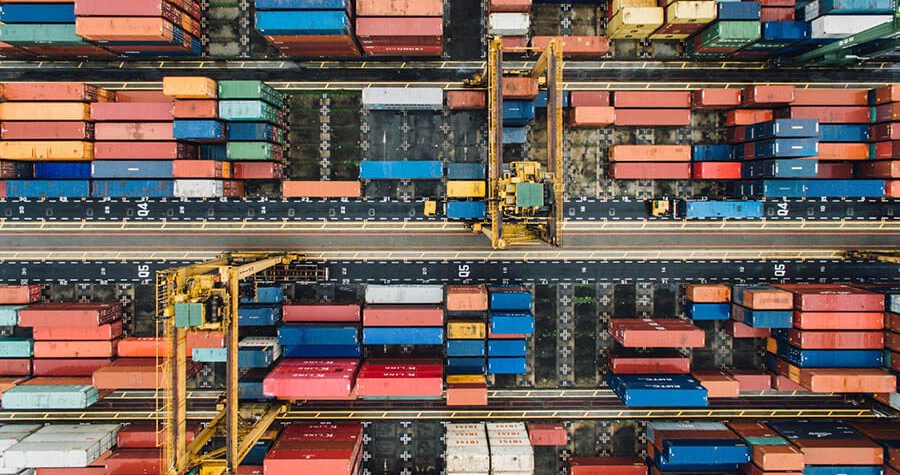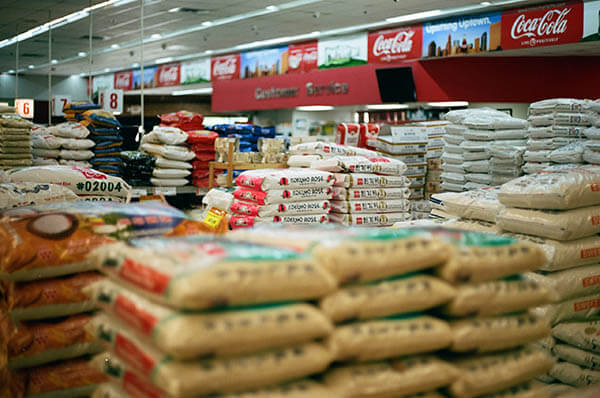Imports crash in April, as expected
The country’s import decreased 62 per cent year-on-year to $1.95 billion in April as industrial production has almost come to a halt due to the ongoing shutdown to tackle the spread of the coronavirus.
The settlement of letters of credit (LCs), or generally known as import, also declined 53 per cent in April from a month earlier, when the figure stood at $4.17 billion, according to data from the central bank
Source; www.thedailystar.net



















